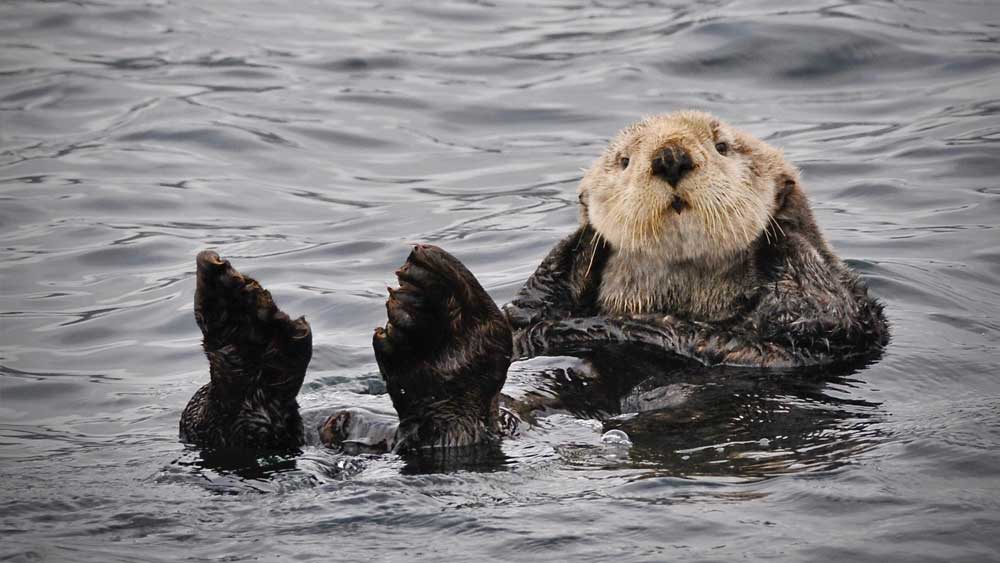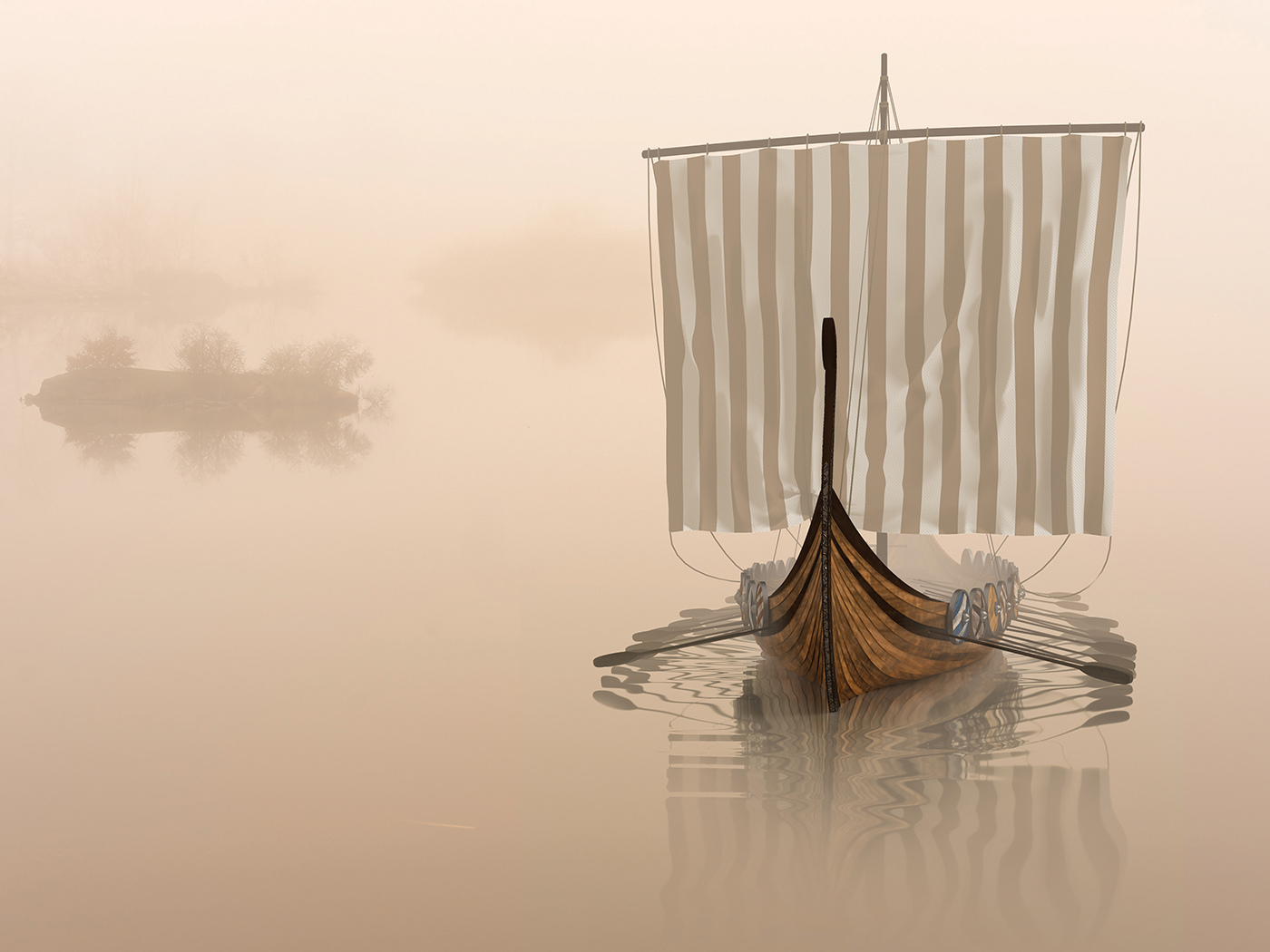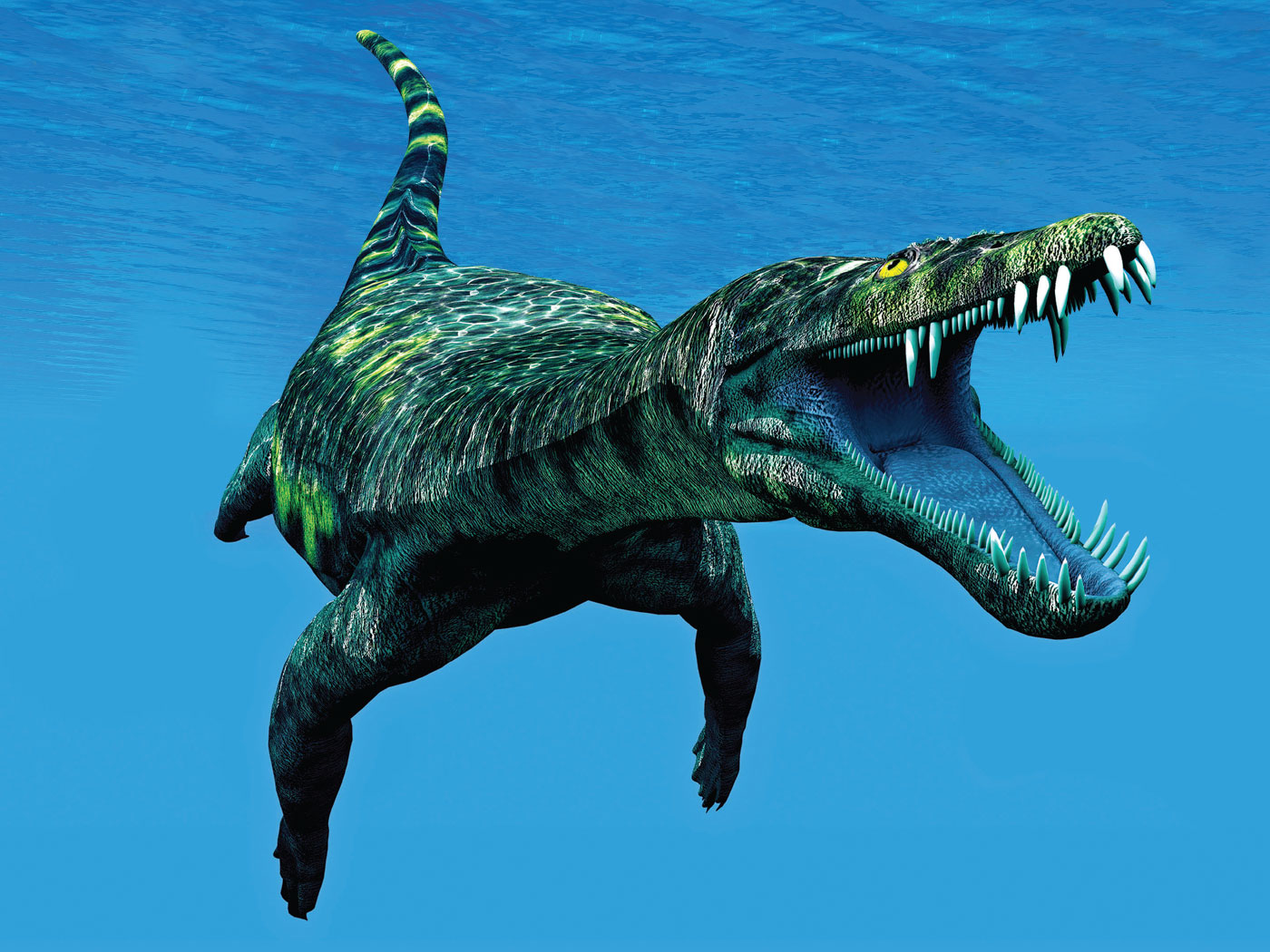As healthcare politics dominate America’s news media services (which now includes ICR), at least one population is not bothered by coronavirus: the sea otter (Enhydra lutris) population of the North Pacific.
First, a quick review of the sea otter’s history is needed to appreciate their advantageous situation, in light of today’s healthcare politics frenzy.
A century ago, the unregulated fur trade in Southeast Alaska led to these sea otters being hunted to near extirpation (regional extinction).1 Sea otter pelts were prized because they feature the densest fur of any animal—about one million hairs /square inch of skin!2 Without wildlife protection advocacy, that could have been the end to sea otters enjoying the coastal seawaters next to Southeast Alaska.
It wasn’t until the 1960s that 412 sea otters were reintroduced there. The prolific progeny of that replacement population was later secured by the Marine Mammal Protection Act (MMPA) of 1972.3 The MMPA only permitted Alaska’s tribal natives to hunt sea otters, providing enormous security for the sea otter population in the coastal waters of Southeast Alaska and beyond.3
Over time, sea otters demonstrated their ability to “fill the earth”—at least their renewed range in that region of the world (the coastal waters of Southeast Alaska in particular). The last official estimate in 2012 put their population at more than 25,000. However, their present range likely has a carrying capacity of 75,000 if their growing population growth is not stopped.3
Meanwhile, sea otters are voraciously hungry! Sea otters do not have blubber for insulation. To stay warm in below-freezing seawater (which stay liquid because of salinity), sea otters need warm fur and lots of food. They also have a high metabolism and eat about a quarter of their body weight every day! And sea otter diets overlap with human diets, producing competition with commercial fishing businesses.
Humans don’t compete with sea otters for prey like echinoderms (sea urchins, sea cucumbers, etc.), but humans do enjoy eating shellfish like mussels, geoduck (pronounced “gooey”) clams, and Dungeness crabs.
For many decades in North Pacific Ocean fishing ranges, the commercial fishing industry has struggled with their inability to hunt sea otters. Sea otters reduce the fishermen’s harvests (especially of clams and crabs), and so hunting otters would increase the fishermen’s supply. But since they can’t hunt otters, then supplies are limited.
So, as a matter of supply-and-demand economics, limited supplies produce higher prices for human consumers. But this tension is not surprising, in light of the renewed mandate of Genesis chapter 9, because both humans and animals were commanded, by God, to be fruitful, multiply, and fill the earth.
Consequently, Dungeness crabs and geoduck clams cost a bit more, because the crustacean supply for humans is less than what it could be. However, that minor disadvantage (to humans) is surely offset—to those with eyes to see—by the demonstration of God’s Creatorship that is displayed in the biology and behavior of the sea otter.4
Meanwhile, political deadlock, over whatever is the latest discord in Congress, is likely to delay any serious change to the MMPA’s protection of sea otter populations, at least for the near future.2 Plus, Southeast Alaska has prioritized combatting the coronavirus.5
Oblivious to the political turmoil and healthcare troubles of Alaskans and other Americans, the sea otter populations near Southeast Alaskan coasts continue to be fruitful, multiply, and fill the part of the earth that God fitted them to inhabit.
References
1. Species Profile: Northern Sea Otter. Alaska Department of Fish and Game. Posted on alaska.gov, accessed March 25, 2020.
2. Whitaker Jr., J. 1998. National Audubon Society Field Guide to North American Mammals. New York: Knopf Doubleday Publishing Group, 786. Sea otters have guard hairs that cover underfur that is so dense it insulates from environmental temperature extremes, as “air trapped in its fine fur keeps it warm as well as buoyant”. Plus, they shed their fur gradually, year-round, unlike other animals that periodically molt.
3. Resneck, J. Solutions Sought to Ease Conflicts over Southeast Alaska’s Rising Sea Otter Populations. Alaska Public Media. Posted on alaskapublic.org November 11, 2019, accessed March 25, 2020.
4. Martin, J. et al. 2018. Amazing Animals of Alaska, Volume 1. Rockwall, TX: Biblical Discipleship Ministries. 58 minutes. DVD.
5. Stone, E. Ketchikan Officials Announce Two New Cases of COVID-19, Bringing Local Total to Eight. Alaska Public Media. Posted on alaskapublic.com March 24, 2020, accessed March 25, 2020.
*Dr. Johnson is Associate Professor of Apologetics and Chief Academic Officer at the Institute for Creation Research.









